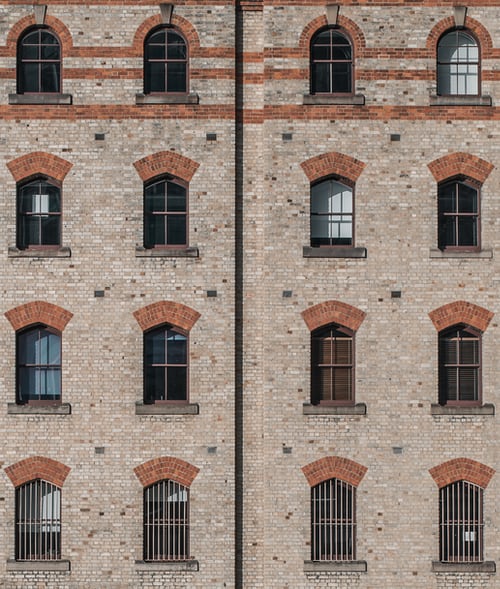The word facade is derived from the Italian word “facciata,” and it refers to the outside or all of a building’s external faces. The phrase is usually used to refer just to a house’s primary or front facade. It is one of the most significant aspects of a building, along with the roof, because it serves as the major barrier against exterior weather factors that could harm the structure’s health, such as rain, snow, wind, frosts, and sunlight.
As a result, selecting a facade system that protects against these threats while also lowering energy consumption, lowering maintenance costs, and improving occupant comfort is critical.
Lightweight facade
This is a type of facade that attaches to the building’s resistant construction but is not a part of it. The lightweight facade must be built to support the loads that exert stress on its components because it does not contribute to the building’s stability. Glass and metal are commonly utilized as cladding materials.
The lightweight facade system has several advantages, including ease of installation and the amount of light it lets into the building. Lightweight facades provide less heat and sound insulation than other types of facades and thus have greater medium and long-term maintenance expenses. The majority of medium and high-rise office buildings have this sort of exterior.
Heavyweight facade
As the name implies, this sort of facade is made out of heavy building elements. The average weight of a facade, including solid and hollow features, must be greater than 100kg per square meter to be termed heavyweight.
Various types of facades are included in this category, which may be load-bearing or self-supporting, and may or may not feature an air chamber, depending on the thermal insulation requirements.
Prefabricated
This sort of facade is primarily made up of prefabricated modules that are connected or constructed on-site. The components of these facades are made in highly automated factories, and they frequently use wood and concrete panels.
The main benefits of this type of facade are its speed and convenience of installation, as well as its reduced cost when compared to other options. In terms of drawbacks, the design alternatives are more limited, and a minimum amount of labor is necessary to make it feasible. Prefabricated facades are commonly found in large retail malls and industrial factories.
Traditional
This category contains facades made of classic building materials including brick, stone, wood, ceramics, rendering, and so on. They offer the advantages of being easier to construct, quicker to install, and less expensive. Classic facades, on the other hand, do not have an air chamber or insulation, therefore they provide less heat and sound insulation, resulting in lower energy savings.
ETI Systems
ETI (External Thermal Insulation) systems entail the placement of insulation plates around the structure, which is mortar-protected and glued or mechanically attached to the supporting wall. The system is then finished with cladding or a finish that complements the property’s features.
Expanded polystyrene (EPS), extruded polystyrene (XPS), graphite expanded polystyrene (EPS-G), and mineral wool are the most commonly used materials in the insulation aspect of an ETI system (MW).
Thermal bridging and the possibility of condensation are reduced with the ETI system’s insulation layer. As a result, it is an alternative that offers a high level of efficiency for a low price, as no costs are incurred as a result of the framework system.
RBR Services is a determined construction company that can provide all these services and more. With a very skilled team of technicians, we can turn any vision our customers have into reality.
